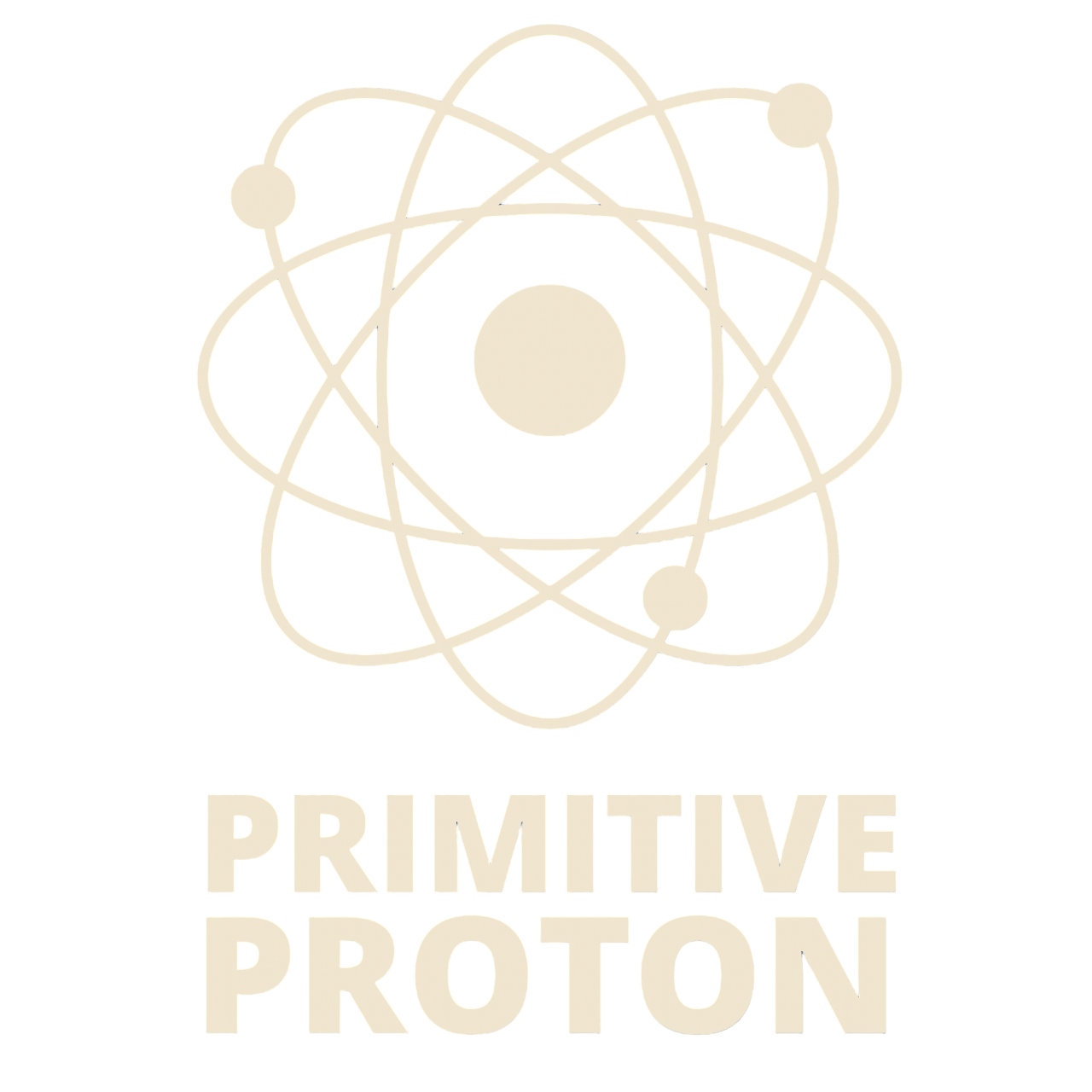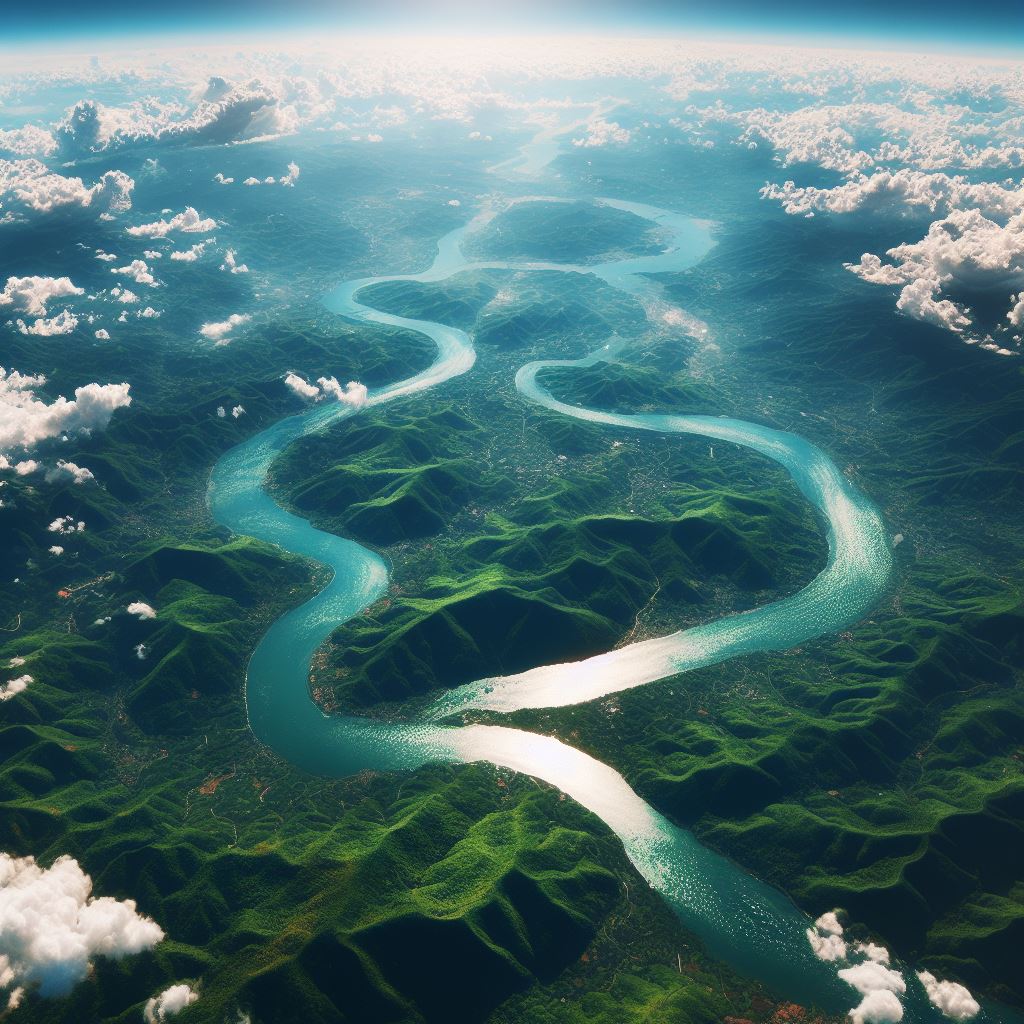Around 100 years ago, Earth was not as it is today. Citizens of the One World had enough natural resources for the civilization to prosper and thrive for many more centuries. We had already made a quantum leap in the medical field, overcoming many diseases and pandemics.
The last major virus outbreak occurred 400 years ago. Humanity lost many lives during the period but with a display of immense resilience and courage, we were able to continue forward. The world wars were stories of the distant past now.
People finally overcame what seemed to be an unending atmosphere of greed, power, poverty, immorality, and fear. History has always been giving signs, but humans had covered themselves with such stronger veils of falsity and delusion that they did not heed the hints. The 21st and 22nd centuries were probably the most enduring periods of human history.
Coming out of such a phase was not only overwhelming for the individuals but also for the species as a whole. People started to realize their insignificance in the grander scheme of things and begin to unite overcoming all the barriers. Never ever in the history of humankind did the planet witness such harmony and unity. There were no superpowers now, and no discrimination on the basis of region, color, and country. Only one entity existed – the One World, where justice, love, peace, and equality prevailed.
The overall life expectancy of humans had almost doubled. I still remember my grandfather describing the freshness of the air. He used to frequently visit the lake behind our house and see the sunrise. He enjoyed the blades of grass swaying in the backdrop of the lake and the hills.
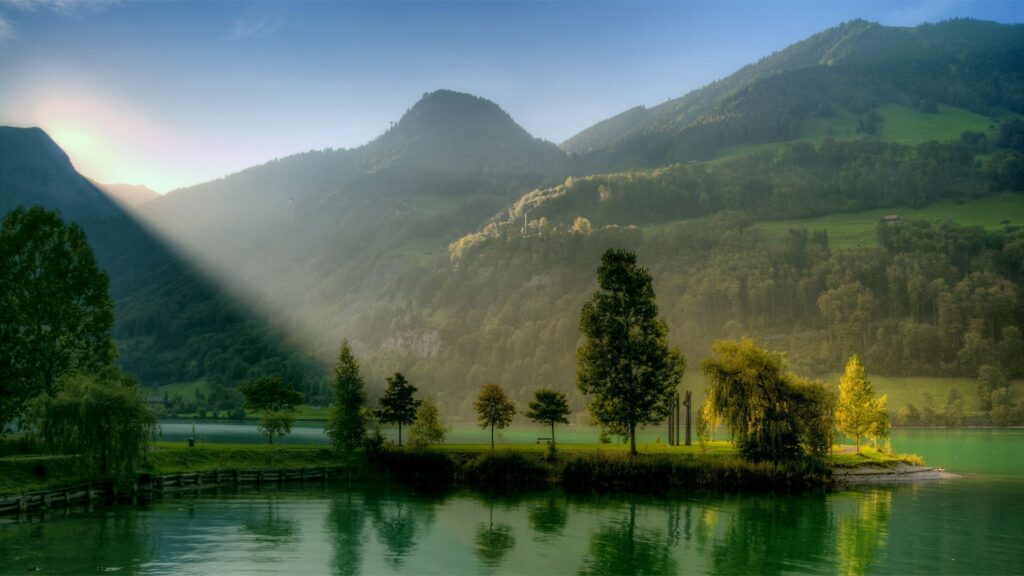
The natural habitat was blooming with the right amount of sunlight and energy. The whole ecosystem had life running through its veins. The freshwater content rose up to 8% as compared to 3% during the 21st century.
We used to spend our leisure time strolling through the nearby forest. My father, brother, and I would sit along the shoreline of the river and contemplate the beauty of our planet. We discussed literature, history, and the very existence of our species. The sight of birds dropping by the river to quench their thirst mesmerized us. If they could speak, they would definitely tell us the stories of their adventure.
Destiny had a completely different story for us afterward. Perhaps, our Universe decided for the only life-forming system to go haywire. There was a supernova, a giant one, not very far from our galaxy. The brightness dazzled our eyes. I still remember the night when we saw it for the first time. It covered 4 times more area than that a full moon in the night sky. The shock wave came in a few years later and rattled our solar system.

Life on the planet suffered a huge loss. Radiation caused the destruction of most of the structures and habitats. What once was a thriving planet, got reduced to ruins in a couple of days. An eerie silence prevailed everywhere.
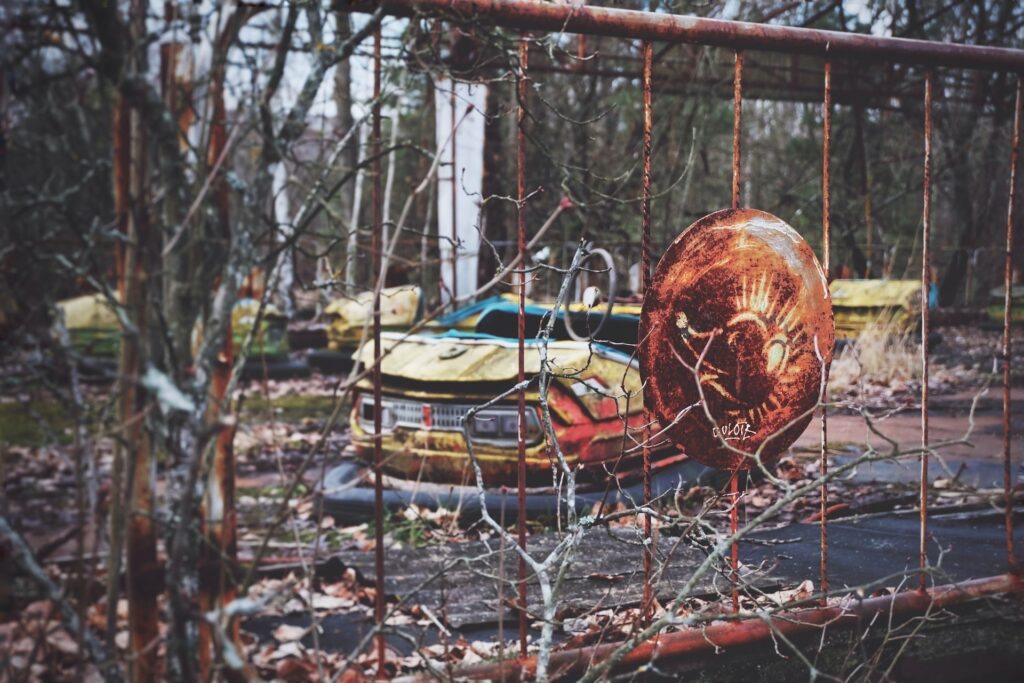
Not all of us could make it through. Many beings died. The plant and aquatic life got severely hit. The air started becoming toxic. We had to gradually make our bases underground.
The incoming radiation of the supernova also had a cataclysmic effect on the Sun. In a matter of months, there was an exponential surge in its nuclear reaction. Scientists analyzed that within a few years, it would lose its fuel-generating capability and under the immense effect of its own gravity, our Sun would collapse on itself.
The future looks bleak for us. Our fertile planet has become barren. We do not go to the surface often and whenever we visit it, we wrap ourselves in lead aprons and blankets to prevent ourselves from the gamma rays. People who got exposed to radiation for a longer time, had their DNA mutated and could not survive. Those fortunate of us who somehow managed to live, continue living in the subsurface dungeons.
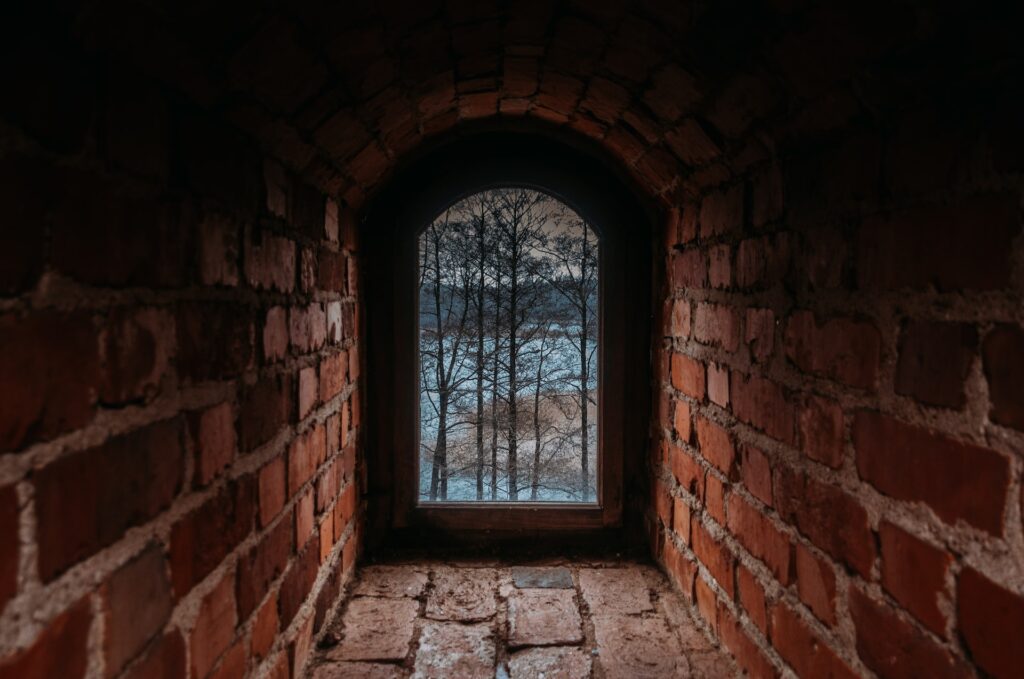
We haven’t lost hope yet. Our best minds are working to modify the engines that would possibly take our planet on a voyage to a nearby star system, possibly with the one having a similar-sized star at its center as our Sun.
With hyperdrives already in place – thanks to the scientists of the 23rd century, we have a way to enter higher-dimensional space. The radioactive materials contained deep in the surface will keep us warm during the voyage. Then with the help of a cautious orbital mechanics alignment, our Earth will be placed in a habitable zone around the star.
There is uncertainty indeed, but a glimmer of hope too. We all know that things will be radically different, and some of us may not see the light at the end of the tunnel. But somewhere in my heart, I know that I’ll breathe the pristine air, walk through the light of the new sun, and listen to the birds again.
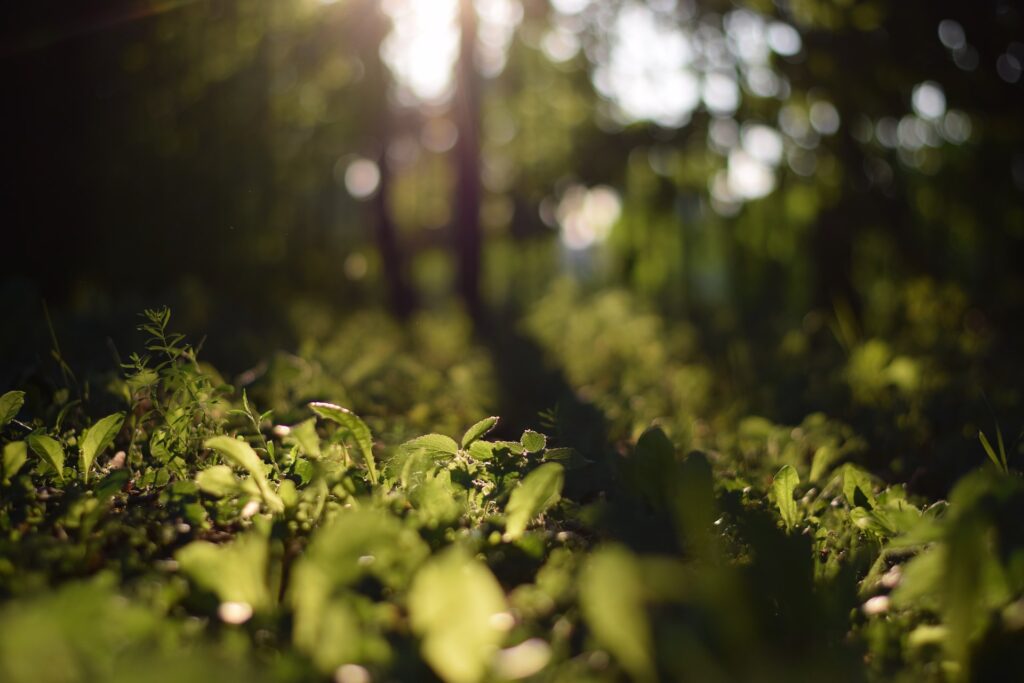

Subscribe to Primitive Proton Newsletter
Sign up to keep up to date with the latest news and curated blogs in the world of space, science, and technology.
Your email is never shared with anyone. You can opt out anytime with a simple click!
WE PRIORITISE PRIVACY.
